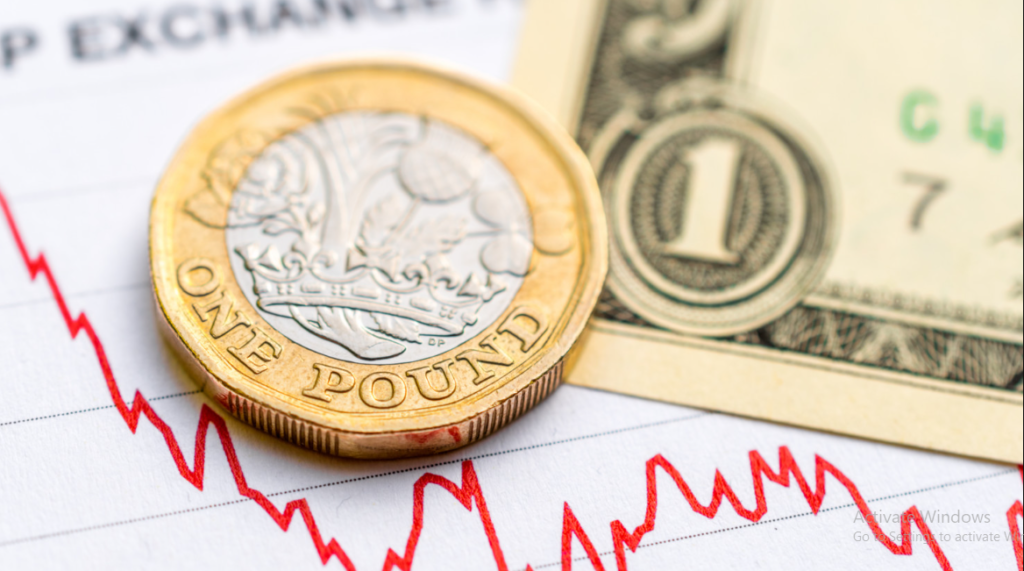The GBP/USD pair comes under heavy selling pressure on the last day of the week and retreats further from its highest level since early February, around the 1.2340-1.2345 region touched on Thursday. The selling bias remains unabated through the first half of the European session, dragging spot prices back closer to the 1.2200 mark in the last hour.
A fresh wave of the global risk-aversion trade – as depicted by a sharp intraday fall in the equity markets – assists the US Dollar (USD) in gaining strong follow-through traction on Friday and building on the previous day’s goodish rebound from a seven-week low. This, in turn, is seen as a key factor weighing heavily on the GBP/USD pair. The British Pound is further weighed down by the Bank of England Governor Andrew Bailey’s dovish remarks and the disappointing release of the flash UK PMI prints for March.
In an interview with BBC on Friday, Bailey noted evidence of encouraging progress on inflation and that companies should bear in mind that BoE forecasts inflation will fall. Furthermore, the S&P Global/CIPS UK Manufacturing PMI contracted further to 48.0 in March versus the 49.8 expected and the previous month’s final reading of 49.3. The Preliminary UK Services Business Activity Index for March dropped to 52.8 from 53.5 in February, and consensus estimates for a reading of 53.0.
With the latest leg down, the GBP/USD pair has now reversed most of its gains recorded over the past two sessions and moved within striking distance of the weekly low. Market participants now look forward to the US economic docket, featuring the release of Durable Goods Orders and the flash PMI prints for March. This and the broader risk sentiment will influence the USD price dynamics and allow traders to grab short-term opportunities around the major.


This Post Has 16 Comments
buy prescription drugs from india: Online medication home delivery – indianpharmacy com
mexican border pharmacies shipping to usa: mexican pharma – mexico drug stores pharmacies
prednisone 15 mg daily: prednisone 50 mg price – prednisone 50 mg canada
Buy compounded semaglutide online: Rybelsus 7mg – semaglutide
farmacia online: BRUFEN 600 bustine prezzo – farmacie online sicure
viagra 100 mg prezzo in farmacia: viagra senza prescrizione – viagra online in 2 giorni
migliori farmacie online 2024: BRUFEN 600 mg 30 compresse prezzo – farmaci senza ricetta elenco
farmacia online: Brufen 600 prezzo – top farmacia online
viagra consegna in 24 ore pagamento alla consegna: viagra prezzo – le migliori pillole per l’erezione
farmacia online senza ricetta: Tadalafil generico migliore – farmacie online sicure
comprare farmaci online con ricetta: Cialis generico 20 mg 8 compresse prezzo – farmacia online piГ№ conveniente
viagra originale in 24 ore contrassegno: acquisto viagra – miglior sito per comprare viagra online
viagra para hombre precio farmacias similares: viagra precio – viagra online cerca de la coruГ±a
farmacia en casa online descuento: farmacia barata – farmacias online seguras en espaГ±a
sildenafilo cinfa 100 mg precio farmacia: sildenafilo 50 mg comprar online – sildenafilo 100mg sin receta
casibom giris: casibom giris – casibom guncel giris
casibom